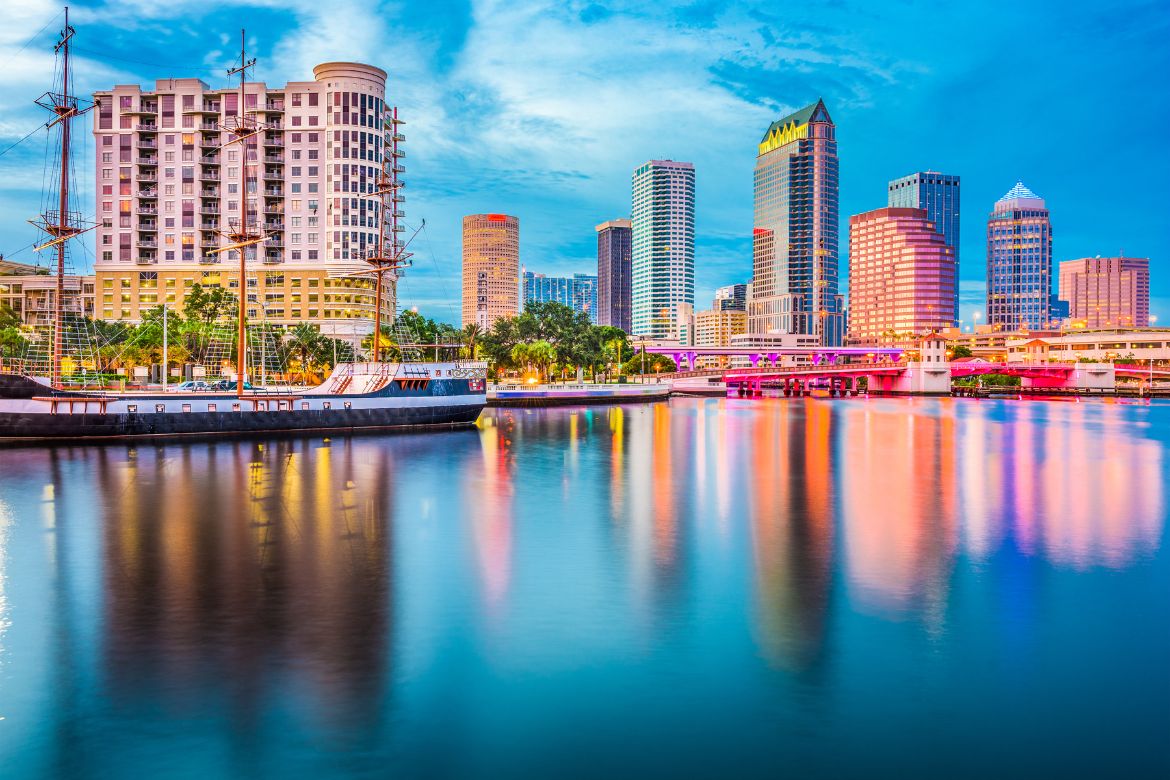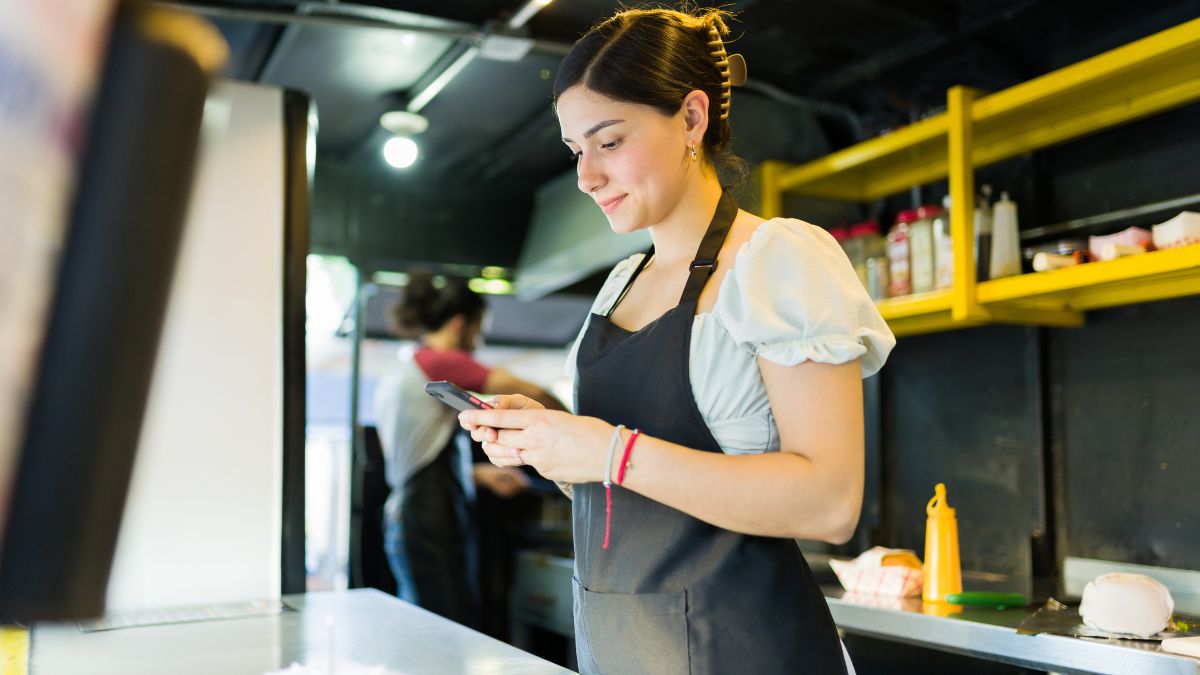Once considered simple pit stops, today’s C Store (convenience store) is being reimagined for a world where mobility, access, and adaptability are everything. Whether it’s a quick coffee stop, EV charging, or grabbing essentials during a work break, these compact commercial nodes have quietly evolved into essential infrastructure for everyday life.
And in fast-growing cities like Tampa, it’s the vision of experienced Tampa real estate developers that’s helping reshape the future of C Stores—transforming them into multi-functional mobility hubs for modern living.
Why the C Store Model Is Evolving
C Stores are no longer just about selling snacks and fuel. They’re about:
- Serving the digitally driven commuter
- Supporting last-mile logistics and delivery networks
- Providing fast-access services in densely populated areas
- Functioning as co-located platforms for QSRs, parcel lockers, and EV charging
Their flexibility, compact footprint, and high visibility make them perfect for neighborhoods that need more utility in less space.
Tampa’s Urban Growth Requires Smarter Retail Anchors
As Tampa expands, its transportation landscape is shifting. New residential communities, transit upgrades, and shifting commuting patterns are changing how and where people stop, shop, and refuel—both themselves and their vehicles.
That’s where the modern C Store fits in. It’s no longer a back-road necessity; it’s a front-line urban asset.
From infill locations to transit-adjacent sites, Tampa real estate developers are adapting the C Store format by:
- Prioritizing vehicle flow and pedestrian access
- Integrating solar power and smart fueling options
- Designing stores that support digital-first consumer experiences
- Adding co-uses like medical kiosks, small-scale QSRs, and local pickup stations
Beyond Fuel: C Stores as Local Resource Centers
Think of a well-placed C Store today as a micro-community hub. It provides:
- Access to daily essentials where full-scale retail isn’t viable
- Quick-service dining for families, workers, and commuters
- Contactless solutions for time-strapped consumers
- A reliable stop in both urban and suburban environments
Especially in underserved or rapidly expanding communities, C Stores help fill infrastructure gaps without needing massive development or long timelines.
The Developer’s Role in Urban Resilience
Real estate professionals like Lawrence Todd Maxwell understand that the success of modern C Store projects isn’t just about retail—it’s about responsiveness to how people live and move.
Great developers:
- Analyze traffic, zoning, and access patterns
- Optimize for both vehicular and foot traffic
- Work with municipalities to align with broader infrastructure goals
- Future-proof C Store sites for EV integration, automation, and delivery networks
It’s a thoughtful, data-informed approach that goes far beyond four walls and a gas pump.
Final Thought: The C Store as a Community Connector
In a time when cities are moving faster and people are juggling more than ever, the simple convenience store is becoming anything but simple. It’s evolving into a versatile, neighborhood-focused platform for mobility, commerce, and daily life.




